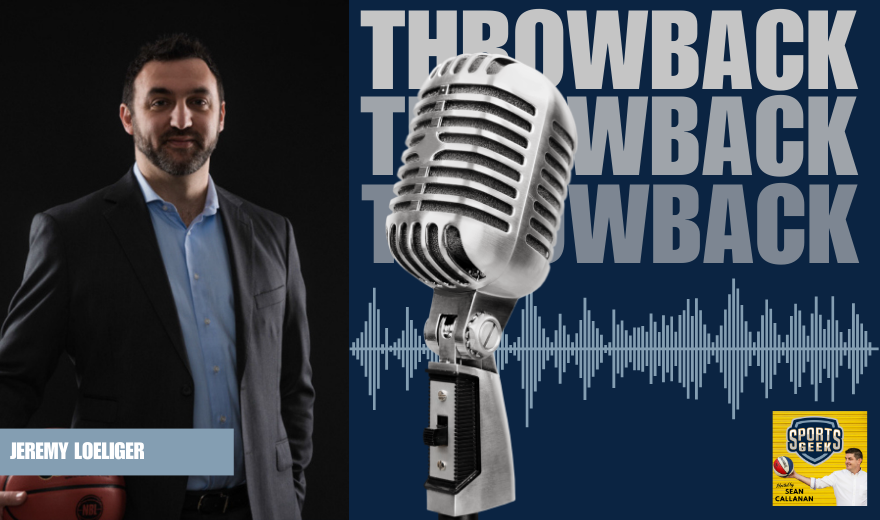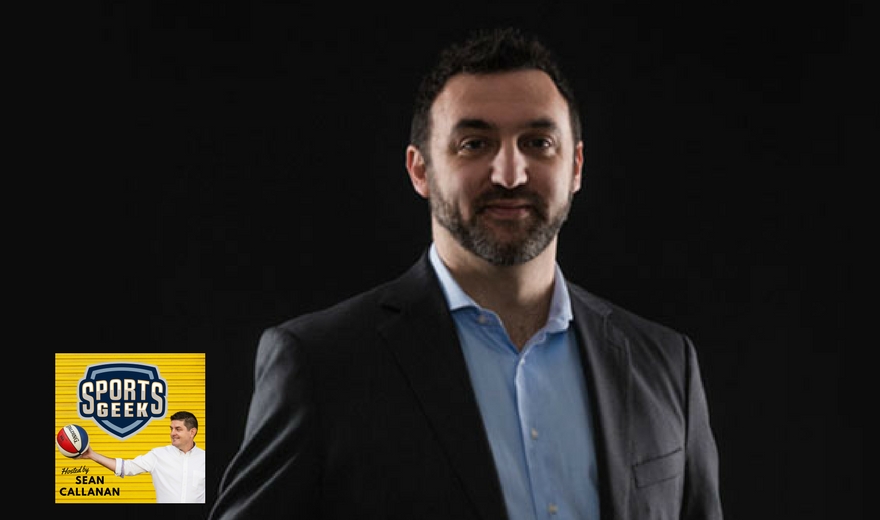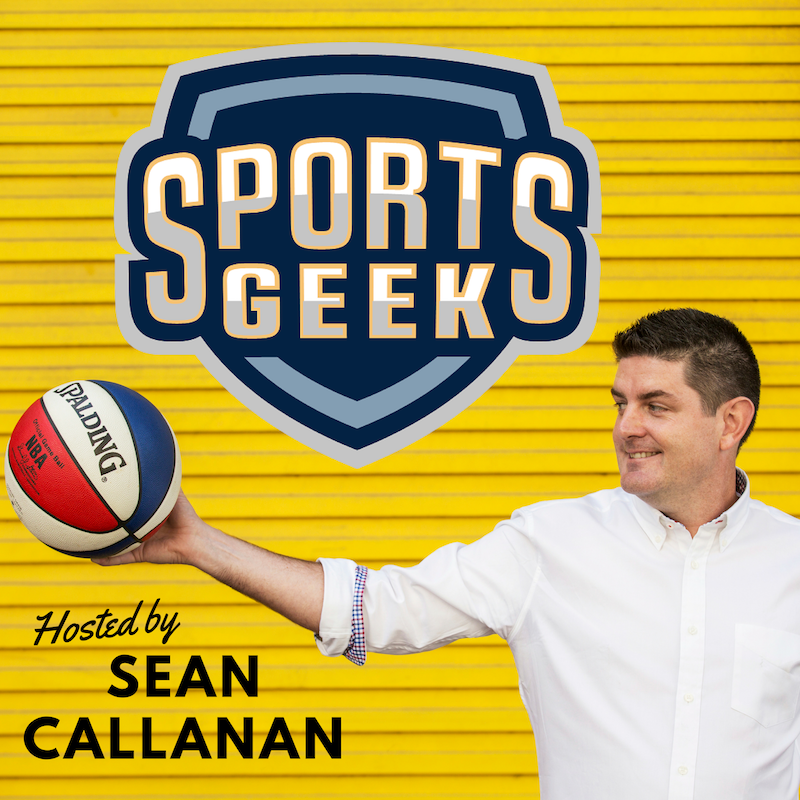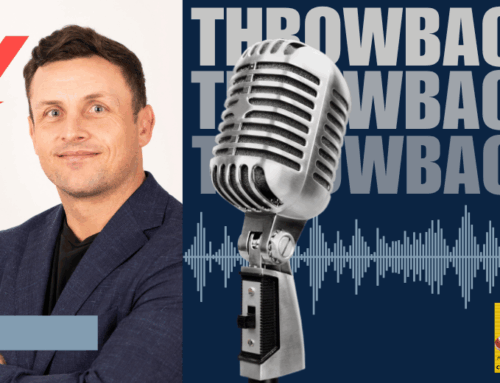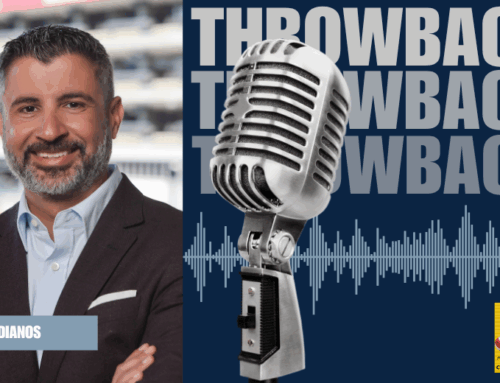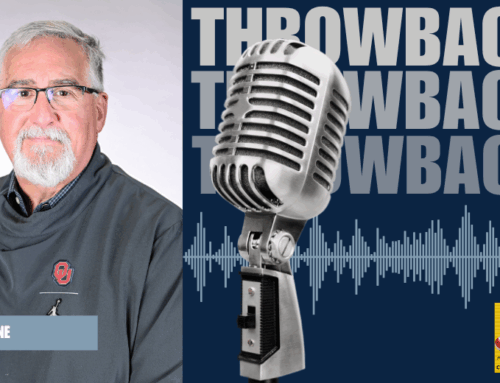This transcript has been lightly edited by AI
Sean: And the important thing for a basketball fan is that if you want to see a live game, the NBL product is right in front of you. Aligning the entertainment and innovation, such as the open-air games by Melbourne United, which provide a phenomenal experience when the roof opens on a nice Melbourne night. It strengthens the connection a little bit more.
Jeremy: Yeah, I think that's exactly right. And what rounds it all out is the flow of players between the two leagues. We encourage that. People often ask if losing a player to the NBA is a negative mark. It's actually the opposite. It's a huge success for us. The more players go from the NBL to the NBA, the more attraction the NBL gains from domestic and international viewers. In the next 12 months, we will do everything we can to encourage more players to use the NBL as a stepping stone to the NBA. We have made great progress in establishing the NBL as a credible interim step between high school or college and the NBA.
Sean: You briefly mentioned the preseason games where NBL teams played NBA teams. How long did it take to develop that relationship and strengthen ties with the NBA?
Jeremy: It took about two years to re-establish the commercial viability of the league. We were lacking in that aspect in the past. Once the NBA saw our willingness to take risks, operate as a business, and underwrite the success of the league, they were willing to engage with us. Hosting Basketball Without Borders Asia was a significant turning point. It was the first time Australia was considered as a destination for the event. The success of that event demonstrated what the NBL is all about. Another key moment was during the All-Star weekend in 2017 when we discussed the possibility of NBA teams coming to Australia. It took some time to navigate the NBA's rules on marketing restrictions, but within 48 hours, three preseason games were being discussed. We were thrilled to share the love and have three NBA clubs play against our teams.


